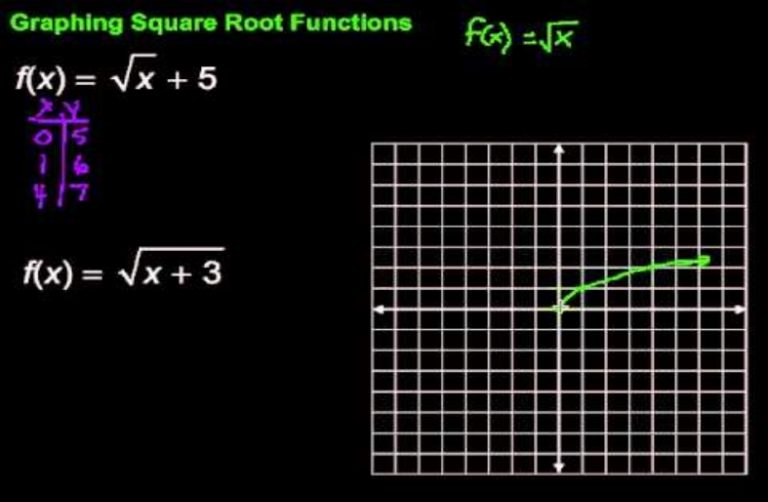The value of a function of a single variable is written fx, where f is the function and x is the variable. We assume that both x and fx are real numbers and that for each value of x there is only one value fx. Technically speaking this makes f a ‘single real-valued function of a single real variable’, but we shall try to avoid such technical vocabulary where possible. Basically, it means that we can draw a graph of the function, with the values x along the horizontal axis and the corresponding values fx along the vertical axis, and that this graph
A linear function is one whose graph is a straight line. For instance, the function fx=3x+2 is linear because its graph is a straight line, shown in Figure I.1.1. A linear function defines a linear equation, i.e. 3x+2 =0 in this example. This has a root when x= −2/3. Readers may use the spreadsheet to graph other linear functions by changing the value of the coefficients a and b in the function fx = ax + b.
By contrast, the function fx = 4×2 + 3x + 2 shown in Figure I.1.2 defines an equation with no real roots because the function value never crosses the x-axis. The graph of a general quadratic function fx = ax2 + bx + c has a ‘∩’ or ‘∪’ shape that is called a parabola:
If the coefficient a > 0 then it has a ∪ shape, and if a < 0 then it has a ∩ shape. The size of a determines the steepness of the curve. • The coefficient b determines its horizontal location: for b > 0 the graph is shifted to the left of the vertical axis at x = 0, otherwise it is shifted to the right. The size of b determines the extent of the shift. • The coefficient c determines its vertical location: the greater the value of c the higher the graph is on the vertical scale.
Lastly comment
Readers may play with the values of a b and c in the spreadsheet for Figure I.1.2 to see the effect they have on the graph. At any point that the graph crosses or touches the x-axis we have a real root of the quadratic equation fx = 0. A well-known formula gives the roots of a quadratic equation ax2 + bx + c=0 where a b and c are real numbers.
simpy Very Informative News Website Where You Can Found Latest News.
You Can Visit yify
You can guess easily by the name of the Tamilplay that it’s the best Tamil movie downloading hub.

